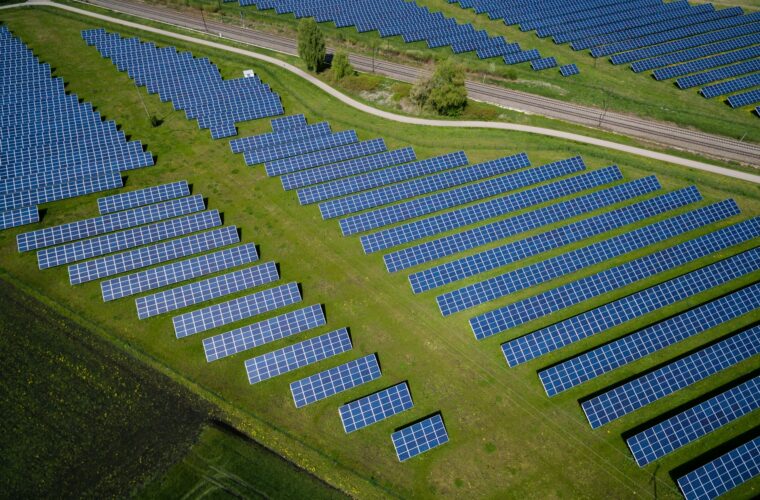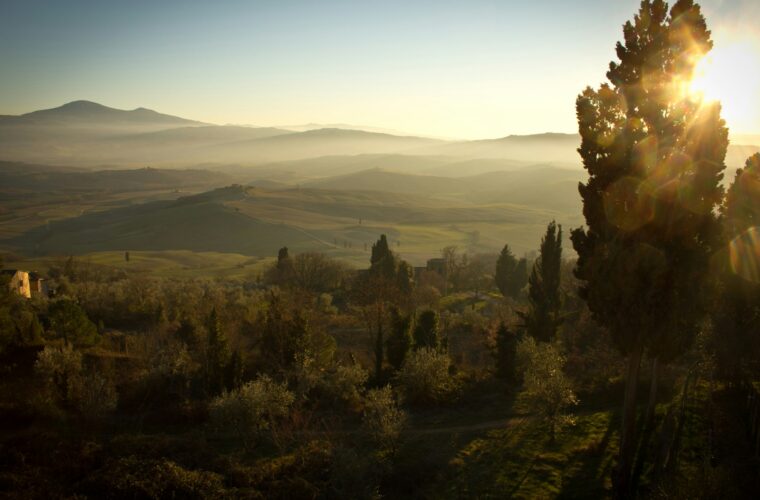The energy island in the North Sea is to produce renewable power at a previously unseen scale.
Denmark is about to build the world’s first artificial ‘energy island’ by harnessing the vast wind resources in the North and Baltic Seas.
The Danish government has agreed to take a majority stake in a £25bn artificial ‘energy island’ to be built 80km off the coast in the middle of the North Sea, which is set to be the largest construction project in the history of the country. This energy hub will store electricity and use electrolysis to produce sustainable fuels, such as green hydrogen.
Denmark is also the country that built the world’s first offshore wind farm in Vindeby. The current Danish electricity mix consists of numerous sources, including offshore wind, solar PV, onshore wind, biomass, and hydropower.


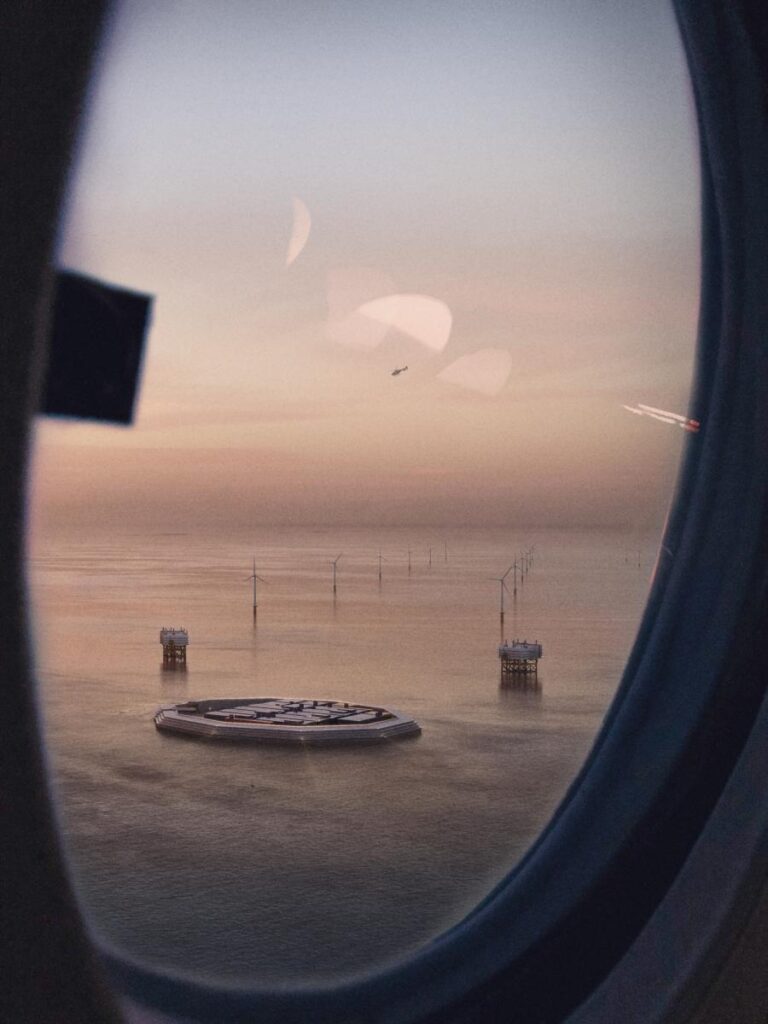
The energy island will be equivalent to 18 fields
The island is expected to cover an area of 120,000 square meters, the equivalent of 18 football fields, and in its first phase, will be able to provide clean energy to 3 million households.
The energy hub will have 200-600 turbines, which are expected to be at a previously unseen scale, potentially measuring more than 260 meters from sea level to the tip of the blade.
According to the Danish Ministry of Climate, Energy, and Utilities, “the advent of energy hubs signals a paradigm shift for offshore wind energy. Until now, offshore wind farms have been constructed as individual non-connected units. But by deploying several continuously connected offshore wind farms to a hub, it will create a green, offshore power plant that can distribute power to the surrounding countries”.
“The islands will strengthen the integration of Europe’s power grids and increase renewable electricity production necessary for a climate-neutral Europe. The energy islands hub-structure will serve as an offshore power plant gathering and distributing green electricity from hundreds of wind turbines surrounding the islands directly to consumers in countries surrounding the North Sea and the Baltic Sea,” the Ministry notes.
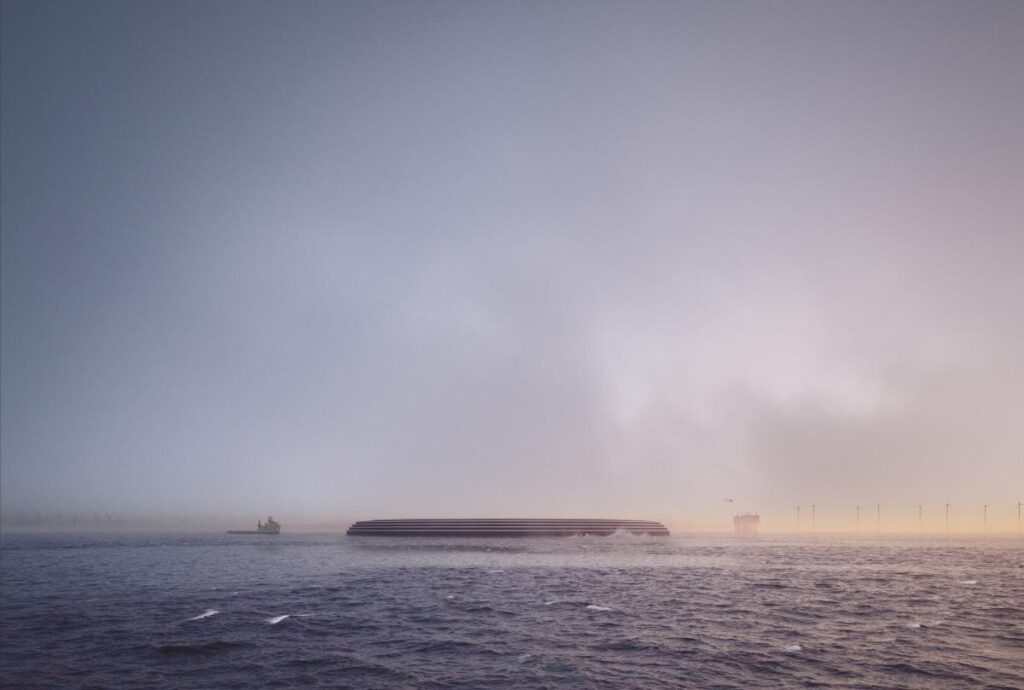
The ambitious project
The energy hub is expected to play a significant role in phasing out Denmark and Europe’s fossil fuel sources. The plan envisages the creation of an artificial island in the North Sea, which will serve as a hub for offshore wind farms providing 3 GW of energy. In the coming years, the capacity can be scaled to 10 GW (almost 1.5 times current Danish electricity consumption), enabling the energy island to power 10 million European households. The ambitious project aims at using the ‘energy island’ to produce green hydrogen from seawater, which can be exported. Large batteries will be placed on the island to store leftover electricity for use when demand is high.
“As the world moves towards an era of increased electrification, it is time to take further advantage of the massive wind resources especially located in the North Sea, and export clean, green energy to the rest of Europe. The energy islands are a crucial element in the global green transition and in the national goal in Denmark of reaching carbon neutrality by 2050,” the Danish Ministry of Climate, Energy, and Utilities underlines.
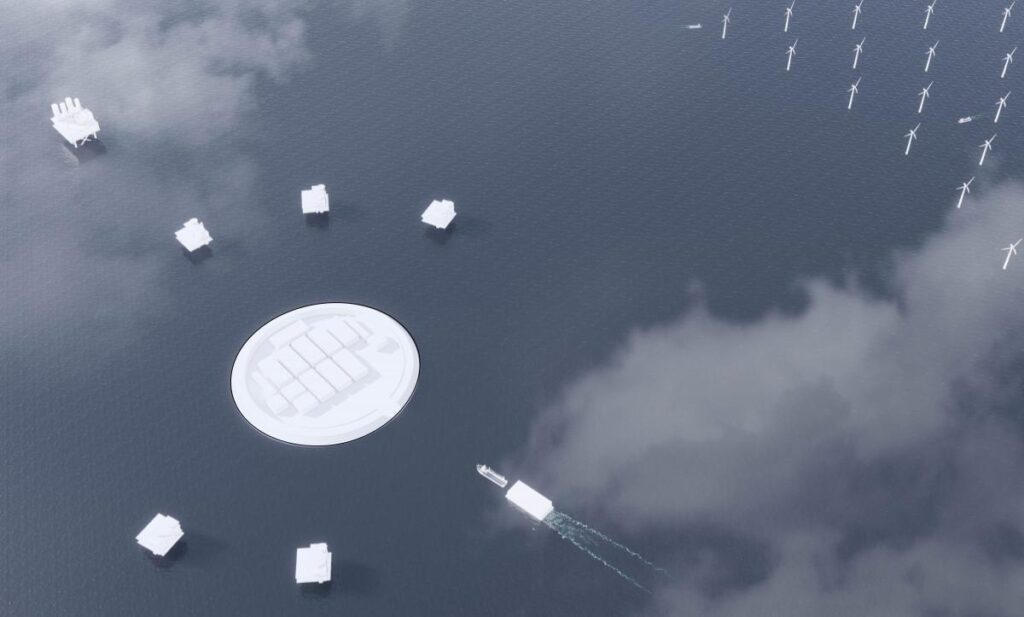
Offshore wind installations declined slightly in the mid-2000s but have increased ever since. 2020 saw record-breaking financial investment in offshore wind. The EU has set a goal to achieve climate neutrality by 2050, and the Commission has proposed to build 300 GW of offshore wind energy to attain this.


